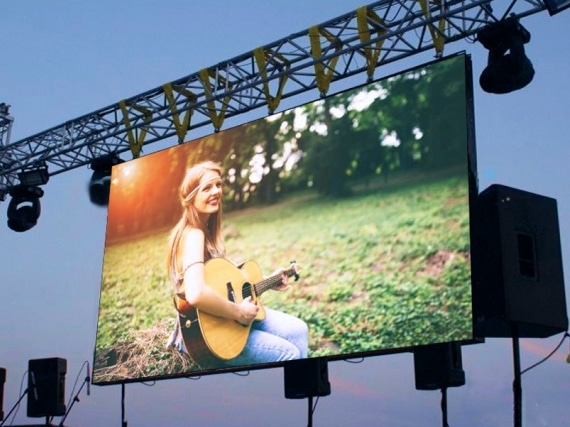Maximizing Visual Effect Through Tactical Material Scheduling in LED Display Performance
Wiki Article
Maximizing aesthetic effect during light-emitting diode screen shows demands careful planning plus tactical visual scheduling. Light-emitting diode screens represent potent tools for visual storytelling, often used in concerts, gatherings, plus presentations. The efficacy of these displays depends not only on the quality of the images yet additionally upon the manner and timing they are presented. By understanding the viewers' attention span and the flow of the event, organizers can craft a more captivating experience that enthralls viewers plus improves the total performance.
One crucial aspect of tactical content scheduling is scheduling. It is vital to align the visuals with the beat and pace of the show. For instance, during a music show, images should complement the rhythm and atmosphere of the music. This alignment aids to create a unified encounter that draws the audience closer. Additionally, it is crucial to take into account the duration of each visual clip. Brief, impactful clips can sustain audience engagement, while extended visuals may be appropriate for moments of reflection or sentimental bonding. By varying the duration and intensity of the images, organizers can keep the viewers interested during the performance.

Another important element is the material in question. The images shown on the light-emitting diode wall should be pertinent to the concept of the show. This relevance helps to reinforce the message being communicated plus renders the experience more memorable for the audience. For example, if the performance is about ecological consciousness, using images that illustrate nature and wildlife can enhance the narrative. Furthermore, adding dynamic elements, such as animations or interactive graphics, can introduce thrill and maintain the viewers' attention. The right material, presented at the right time, can significantly enhance the effect of the show.
Viewer involvement is also a key factor in visual timing. Understanding the demographics and preferences of the viewers can inform the choice of visuals. For example, a younger audience may respond better to vibrant hues and quick motion graphics, while an mature crowd might value more subtle and refined images. By customizing the content to the viewers' preferences, event planners can craft a more tailored encounter find out here that connects with viewers. Additionally, incorporating audience participation, such as live polls or media engagements, can further enhance engagement and make the performance more interactive.
Finally, evaluating the effectiveness of the content scheduling is essential for future performances. Gathering feedback from the audience can offer insightful information into what worked successfully plus what could be enhanced. This data can assist organizers refine their strategies and make informed decisions for upcoming events. By continuously assessing and adapting the visual scheduling approach, event planners can amplify the aesthetic effect of light-emitting diode screen shows and create unforgettable experiences for their audiences.